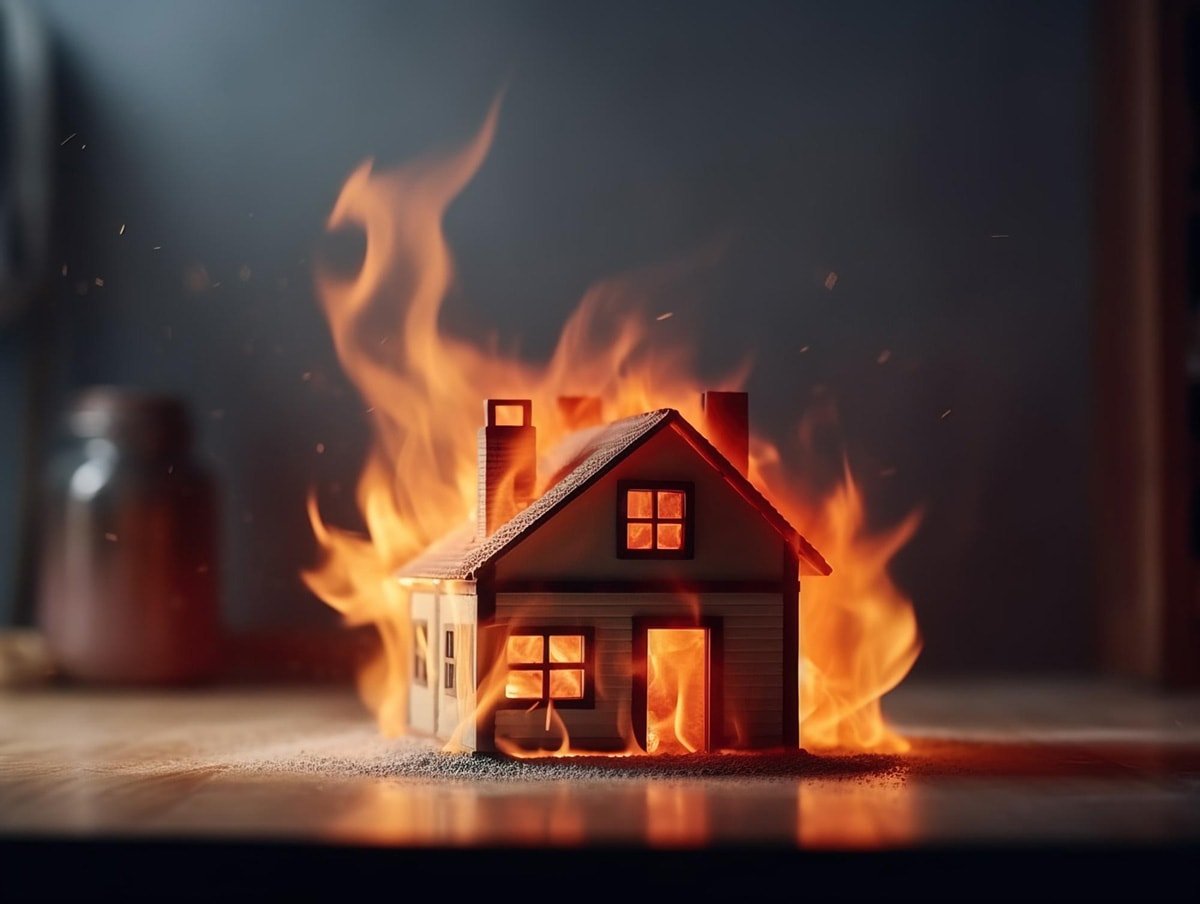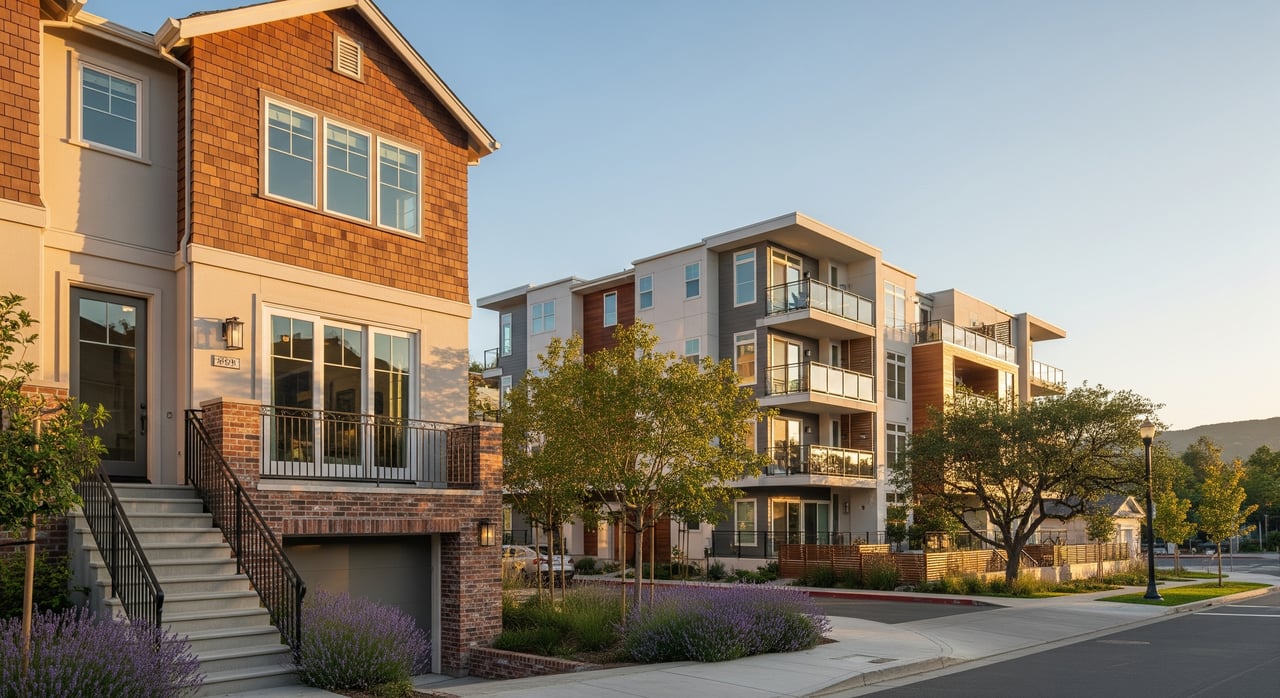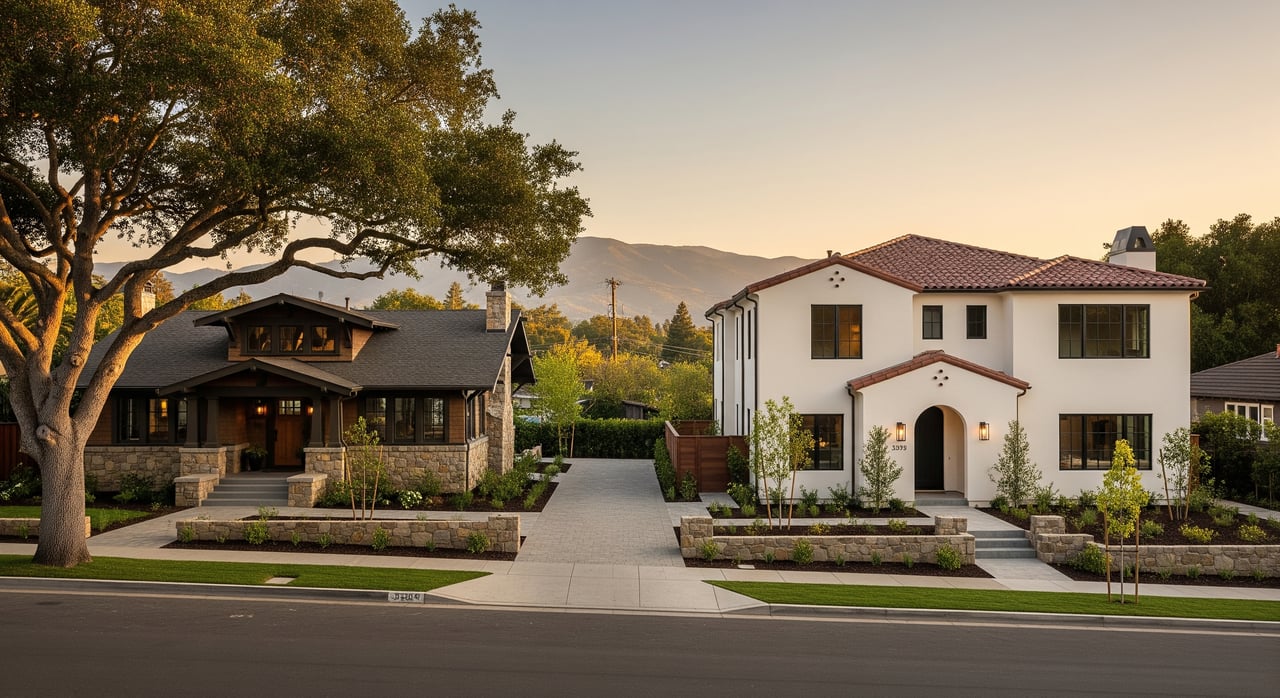Building off our Year in Review for 2023, the California home insurance market has been undergoing significant changes, particularly since late 2022, as a number of the largest insurers in the state have either paused or restricted new policy applications. This shift has been primarily driven by the heightened risk and cost associated with wildfires, increased construction and repair costs, and the constraints of existing insurance regulations in California.
Shortly into the new year and it’s very clear that these changes are impacting a sizable portion of homeowners in the SF Bay Area as well as homebuyers actively looking for new policies. Outside of rising premiums, some changes we’ve been discussing are the implementation of “4-Point Inspections,” and the use of drones and satellite images to assess property condition.
Insurance carriers have integrated the use of high resolution imagery and the ability to capture different data types that can offer a more comprehensive view of your home's condition. On first findings you may receive a warning or notice to cure. However, others will receive notice that an onsite 4 Point Inspection will be needed or that their carrier will simply be opting for non-renewal. It has been shared with us that they are looking for deferred maintenance, aging structural components, ongoing construction and other unaccounted for risk factors.
If you receive a notice from your insurance carrier that you will need a 4-point inspection prior to renewal, please consider these four components.
-
Electrical Systems: Assessing the safety and current state of the electrical system, looking for outdated wiring, safety hazards, or lack of capacity.
-
Plumbing Systems: Evaluating the condition and type of plumbing, checking for leaks, water damage, and the state of the water heater.
-
HVAC Systems (Heating, Ventilation, and Air Conditioning): Ensuring systems are in good working order, properly maintained, and efficiently functioning.
-
Roof & Foundation: Inspecting the roof's age, condition, and any signs of leaks or damages that might lead to future claims.
However, these onsite inspections will not be limited to these 4 aspects as the inspector will note any risks that are considered to be unaccounted for i.e. trampolines, pools, dogs, sidewalk damage etc.
Could one see an increase in their insurance premium after the inspection?
Yes. If the inspector notes additional liability there may be an increase in your premium and they may require you to rectify items of concern. In addition, if the home characteristics differ from the original application, the carrier may resubmit the policy to underwriting. Differences in the application may have resulted from a recent remodel where more costly materials were used or additional bedrooms and bathrooms were added.
How does one prepare their home for a 4 Point Inspection?
-
Check your roof for any loose or missing shingles. If you have gutters, secure and clear out any debris.
-
Check the foundation for cracks or other signs of weakening.
-
If you have a chimney, check it for cracks or loose bricks and professionally clean it.
-
Trim any overhanging branches or dead limbs.
-
Check your siding, doors, and windows for cracks, leaks, and signs of water damage.
-
Assess any potential hazards that could cause someone to get injured on the property.
Notable insurers like Allstate, State Farm, and Farmers have either ceased or scaled back the issuance of new home insurance policies in California. This trend continued with USAA, which announced plans to implement stricter wildfire safety standards for new policies starting in March 2024. Other insurers like Travelers, Nationwide, and Chubb have also introduced restrictions, particularly in high-risk wildfire areas.
The challenge is compounded by Proposition 103, a California state law that limits the ability of insurers to raise rates without extensive regulatory approval, making it difficult to adjust premiums to reflect the increased risk and costs. Many are now prompting questions about amendments to Proposition 103 to incorporate wildfire modeling in the insurance rate calculations. This move, aimed at reflecting the actual risk more accurately, could encourage insurers to offer more policies, particularly in high-risk areas.
While these changes may attract insurers back to the market, they could also lead to higher insurance rates for homeowners across California. Mitigation efforts and discounts for wildfire-hardened homes may offset some increases, but the overall impact remains uncertain.
As the market awaits reforms, the FAIR Plan, a last-resort insurance option for high-risk homes, faces increasing pressure. Its sustainability is challenged by its growing reliance and the financial burden it places on private insurers, which could lead to market instability and insolvency.
In summary, California is actively seeking solutions to stabilize its home insurance market by updating regulations, encouraging risk-based pricing, and promoting mitigation efforts. However, these changes come with complexities and potential impacts on homeowners, insurers, and the overall market stability. If you have any questions, don’t hesitate to reach out as we will gladly introduce you to a one of our trusted insurance professionals.




